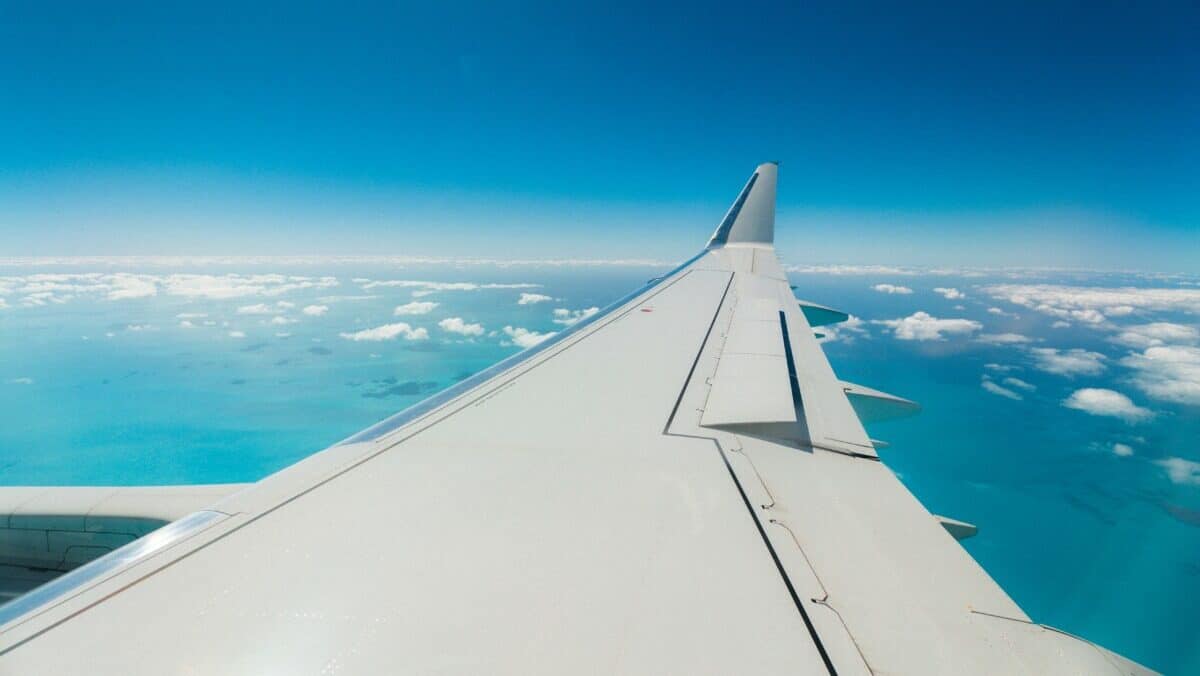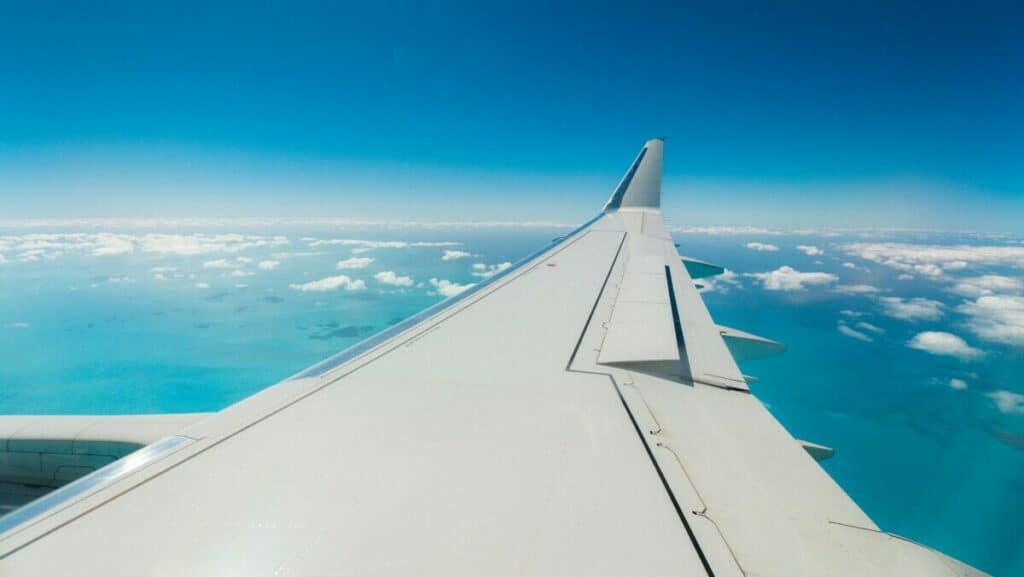
Have you ever wondered why flying directly over the Pacific Ocean seems few and far between? You may have already gone on enough vacations to last half a lifetime, but you just can’t seem to recall traveling right across the Pacific waters, unless flying to Hawaii that is.
Most airplanes do not fly directly over the pacific but instead, fly a curved route hugging the shorelines of Asia and North America. Flights do cross parts of the Pacific Ocean when en route to places like Hawaii and the Cook Islands. Staying within safe flight range of land is always preferred.
We all know airplanes fly all over the world and pretty much no part of the planet is inaccessible so in today’s article, we’ll answer the question as to whether aircraft do fly over the Pacific Ocean and, if they do, how exactly they do it.
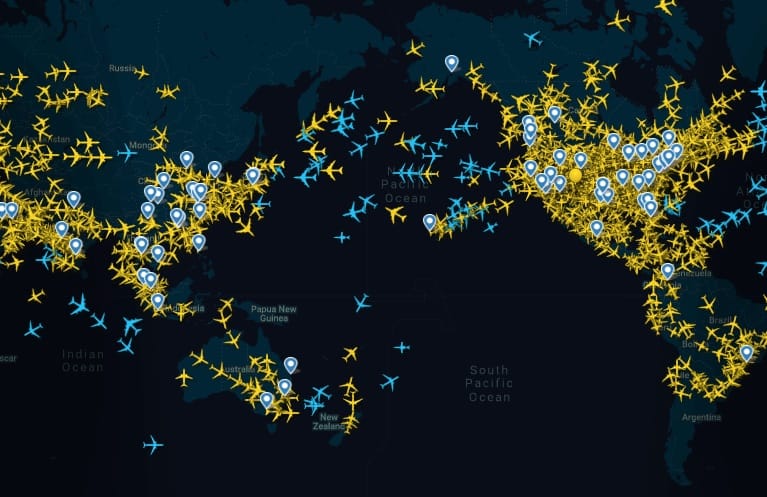
Do Commercial Planes Fly Over the Pacific Ocean?
Most commercial planes, when flying from Asia to the United States or vice versa, do not fly across the Pacific Ocean, but instead, fly within a few thousand miles of the continent’s coastlines. Flying a curved route is the shortest route around the globe providing for shorter, faster flights.
When looking at a 2-dimensional map of our world it looks like the most direct route between two points is a direct line drawn between them. On an actual flight, this direct line is a much farther route because the earth is a sphere that we can fly through, we must fly around its surface.
To find out exactly how this phenomenon works please have a read of this article I wrote for you:
Why Do Airplanes Fly in a Curve?
Commercial air traffic is all driven by saving money and the quicker a flight takes, the less fuel is burned and the more flights can be fit into a given time frame.
All aircraft flying over vast expanses of this planet have to abide by ETOPS (Extended-range Twin-engine Operational Performance Standards), a set of rules designed to regulate the distance that a plane can fly from a suitable runway.
ETOPS takes into consideration a plane’s size and ability, and the smaller a plane is, the more stringent the rules will be – especially when it comes to flying over the Pacific Ocean.
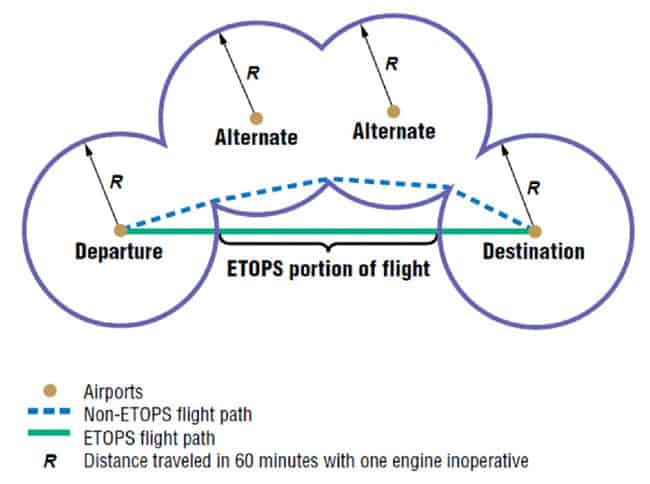
Basically, ETOPS allows an airplane to fly no more than 180 minutes flying time away from a suitable airport at which it can land. This provides a safe margin for pilots of twin-engined aircraft to reach and land a runway on just a single engine.
ETOPS has now been extended to 330 minutes for qualifying four-engine aircraft like the Boeing 747-8 and Airbus A380. They still need to be able to maintain a safe flight and landing if they lose 1 or 2 engines during their flight.
If flying out in the southern Pacific with airports not able to handle an aircraft of that size the safety of the crew and passengers onboard could be severely compromised.
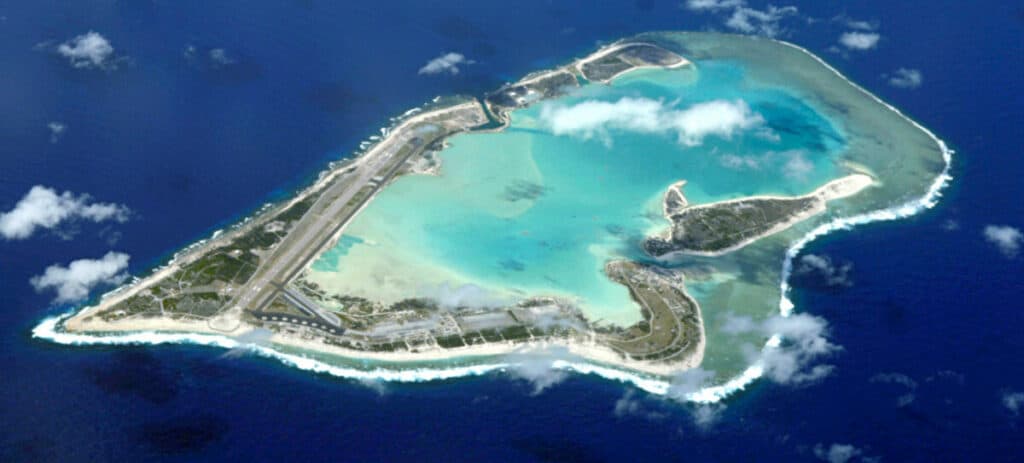
There are times however when airplanes do fly directly over the Pacific Ocean, well at least parts of it. When en route to islands from the continental mainland or hopping between islands you can regularly find aircraft of all sizes.
Islands large enough almost all contain at least a runway of some form to allow for tourism, trade, resupply, and emergency operations to service the island.
Learn More…
Try These Articles:
* How Long Can Airplanes Fly For? – Top 10 Routes!
* Helicopters: Can They Fly Across an Ocean?
Why Do Planes Not Fly Over the Pacific Ocean?
Many different factors come into play when figuring out the reason why planes do not fly over the Pacific waters. They include route distances, cost considerations, mechanical and safety issues, and weather patterns. ETOPS and aircraft performance also dictate the route a pilot can be assigned or take.
Distance
Considering how turbulent a flight over the Pacific Ocean can be, it would make sense for any plane to just steer clear of it. But planes do still brave crossing over the Pacific waters, and these are the ones that have no other route to take.
The truth is that when flying directly above the Pacific Ocean, following a curved route allows a plane to fly a shorter distance than if it took a straight path. The earth is a sphere, after all. Not a flat surface. This is why it’s easy to get confused about distances when looking at a flat map. In real life, curved routes win in terms of letting commercial planes fly faster and more efficiently.
If you can get hold of a string and a globe, you can perform an experiment on curved routes versus straight routes. Choose two locations on the globe, create a straight route between them with your string, and measure the distance. Then perform this process again, but this time make a curved route with the string.
After this experiment, you will see how a curved route does cover a shorter distance compared to a straight route. Airplanes that cannot meet the ETOPS performance standards or carry the required emergency equipment on board for ditching must pick an alternative route.

Join My Newsletter & Get Great Tips, Information and Experiences To Help You Become a Superb Pilot!
Cost
A plane’s fuel consumption determines how much it will cost to travel to a particular destination. It is no wonder then, that airlines will go to great lengths in taking the shortest route possible.
A shorter route equates to less fuel consumption, which also means lower costs.
Safety
Being able to land in an emergency is always at the back of airlines’ minds, which is why they prefer air routes that let planes fly closer to land.
This is especially true for flights that can take up to 12 hours, which is how long a plane will have to fly over the Pacific waters when heading to Asia from North America.
Mechanical issues are another concern for airlines in establishing their routes. Engine failures during flight have to be taken into consideration, so it would be wise for a plane to be in the vicinity of land surfaces with landing strips or airports suitable to accommodate the aircraft.
When commercial planes fly, they usually go over Alaska and Canada as they take a curved path in the northern direction. Because going this route keeps them from spending a long time above the Pacific waters, they have more time left for an emergency landing when necessary.
Weather
Because it is more likely for storms to occur over bodies of water than on land surfaces, airlines plan most of their flights to spend the least amount of time over the Pacific Ocean.
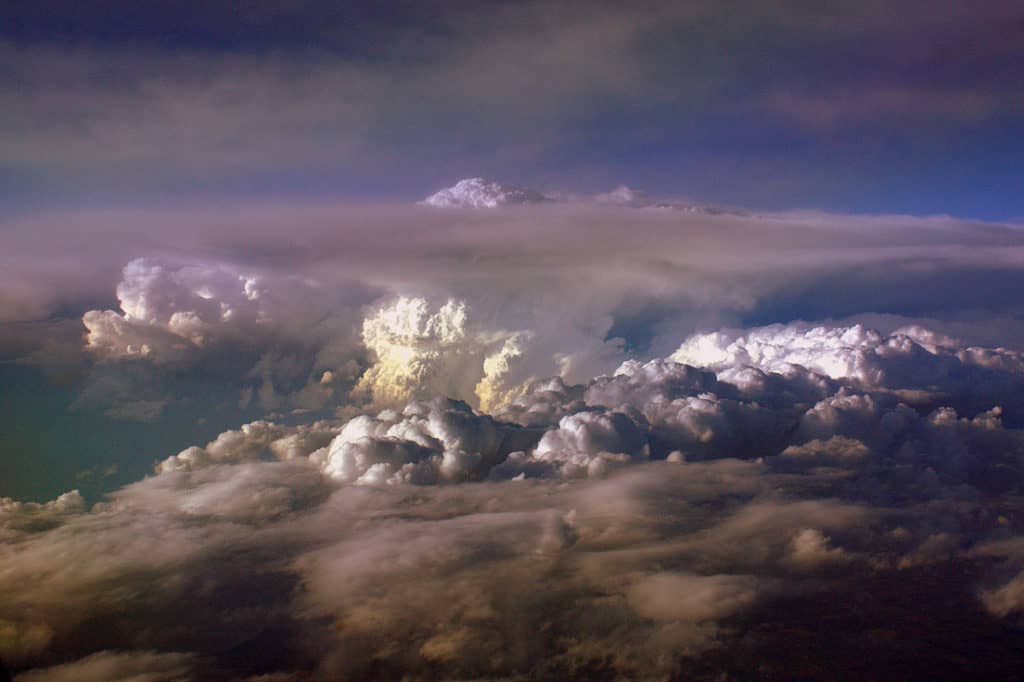
Pacific waters are known for turbulent weather and thunderstorms, making it unsafe for a plane to fly over in the first place.
Planes would also much rather avoid flying through storms than experience turbulence and as a result, cause discomfort to their passengers. Lightning strikes are another issue that planes will want to avoid dealing with.
Jet streams, which are west-to-east air currents circling the earth’s surface, is yet another issue planes will have to deal with when flying across the Pacific Ocean.
If a plane happens to fly against a jet stream, it is more than likely to experience turbulence as well as aircraft damage.
Learn More…
Try These Articles:
* How Do Airplanes Handle Lightning Strikes?
* How Do Airplanes Not Freeze?

